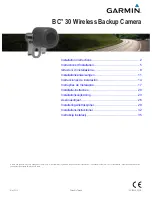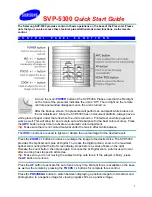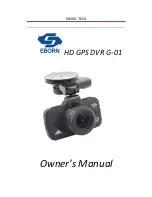Reviews:
No comments
Related manuals for F3AF

BC
Brand: Garmin Pages: 19

SVP-5300
Brand: Samsung Pages: 4

ST550
Brand: Samsung Pages: 110

DV-6400
Brand: C*Pix Pages: 14

IPV58P2P
Brand: Ebode Pages: 76

G-01
Brand: Eborn Pages: 20

HW Series
Brand: wanscam Pages: 19

Lumix DC-G9
Brand: Panasonic Pages: 124

O3VFDM
Brand: Speco Pages: 13

DLF1102
Brand: Dante Pages: 10

F050
Brand: Tamron Pages: 3

CVABO-C369
Brand: chinavasion Pages: 11

FM 110
Brand: Fotomate Pages: 14

GV-20
Brand: Casio Pages: 91

ISS 2000
Brand: Intova Pages: 2

43010
Brand: KALEAS Pages: 48

Conceiver series C101
Brand: X-Loupe Pages: 11

ZC-Y15PH3
Brand: Ganz Pages: 28

























